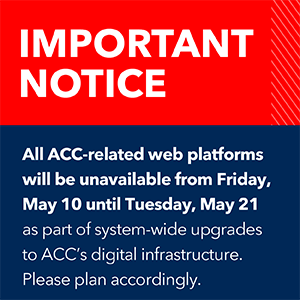Endovascular Revascularization And Supervised Exercise for claudication - ERASE
Description:
The goal of the trial was to evaluate a strategy of endovascular revascularization plus supervised exercise training compared with supervised exercise training alone among patients with intermittent claudication.
Hypothesis:
Endovascular revascularization and supervised exercise training will improve maximum walking distance.
Study Design
- Randomized
- Parallel
Patient Populations:
- Patients with intermittent claudication of at 3 months’ duration due to aortoiliac or femoropopliteal disease
Number of enrollees: 212 patients
Duration of follow-up: 12 months
Mean patient age: 67 years
Percentage female: 33%
Primary Endpoints:
- Maximum walking distance on a graded treadmill test
Secondary Endpoints:
- Pain-free walking distance
- Ankle-brachial index at rest and after walking
- Quality of life
- Leg amputations and secondary interventions
Drug/Procedures Used:
Patients with intermittent claudication were randomized to endovascular revascularization plus supervised exercise training (n = 106) versus supervised exercise training alone (n = 106).
Principal Findings:
Overall, 212 patients were randomized. The mean age was 66 years, 33% were women, 92% were current/former smokers, 63% had hypertension, 26% had diabetes, and mean body mass index was 26 kg/m2.
Compared with supervised exercise training alone, the maximum walking distance was improved by combination with endovascular revascularization; 566 m at 1 month (p < 0.001 between groups), 409 m at 6 months (p < 0.001 between groups), and 282 m at 12 months (p = 0.001 between groups).
Compared with supervised exercise training alone, the pain-free walking distance was improved by combination with endovascular revascularization; 543 m at 1 month (p < 0.001 between groups), 529 m at 6 months (p < 0.001 between groups), and 408 m at 12 months (p < 0.001 between groups).
Endovascular revascularization plus supervised exercise training was also associated with improvements in quality of life compared with supervised exercise training alone.
Interpretation:
Among patients with intermittent claudication, endovascular revascularization plus supervised exercise training was associated with improvements in maximum walking distance, maximum pain-free walking distance, and quality of life. Endovascular revascularization versus exercise training resulted in an early improvement in maximum walking distance (i.e., at 1 month); however, this benefit, while still present, diminished later in follow-up (i.e., at 6 and 12 months).
References:
Presented by Dr. Farzin Fakhry at the American Heart Association Scientific Sessions, Dallas, TX, November 18, 2013.
Keywords: Intermittent Claudication, Walking, Body Mass Index, Quality of Life, Exercise Therapy, Pain, Hypertension, Diabetes Mellitus
< Back to Listings

